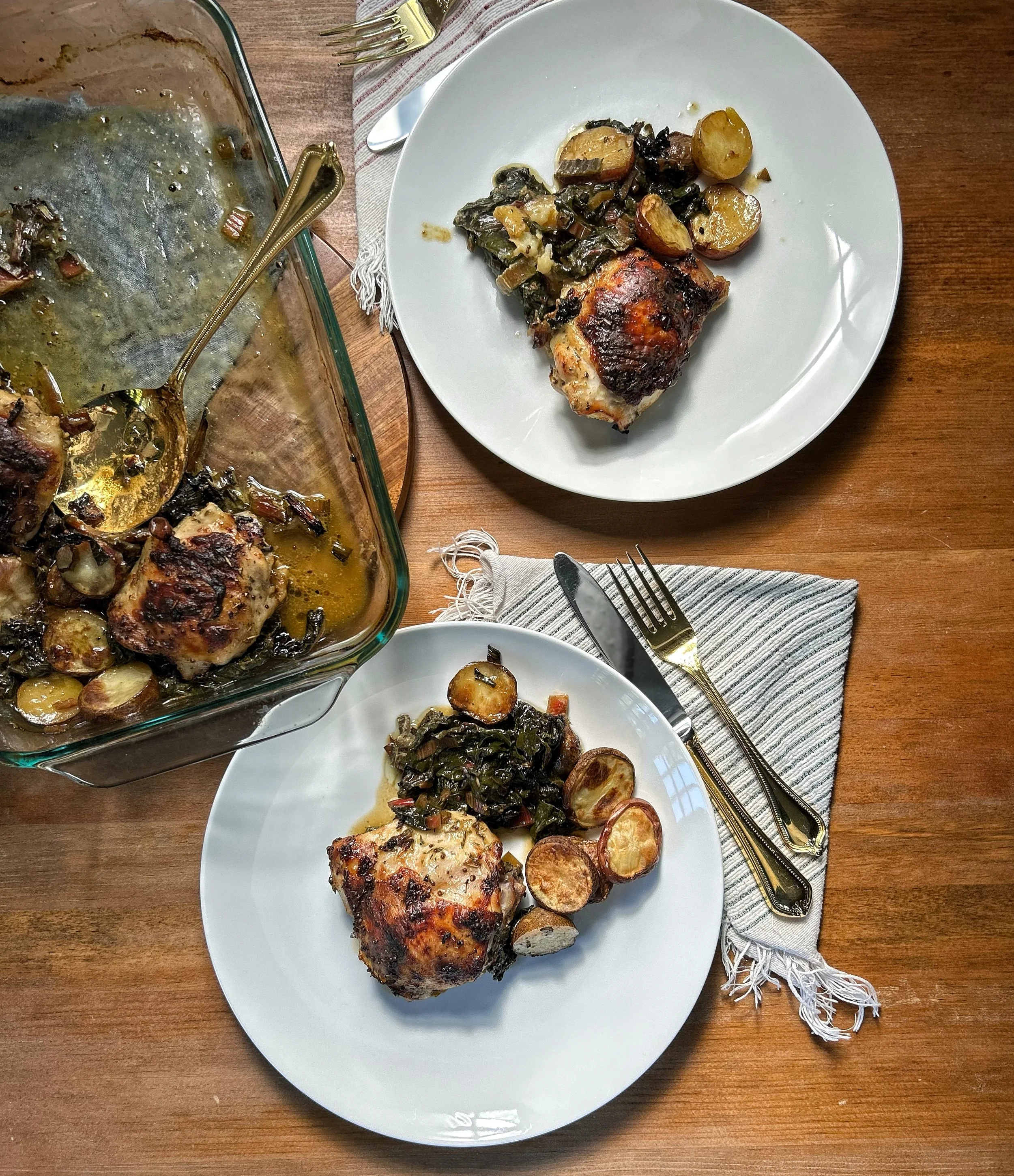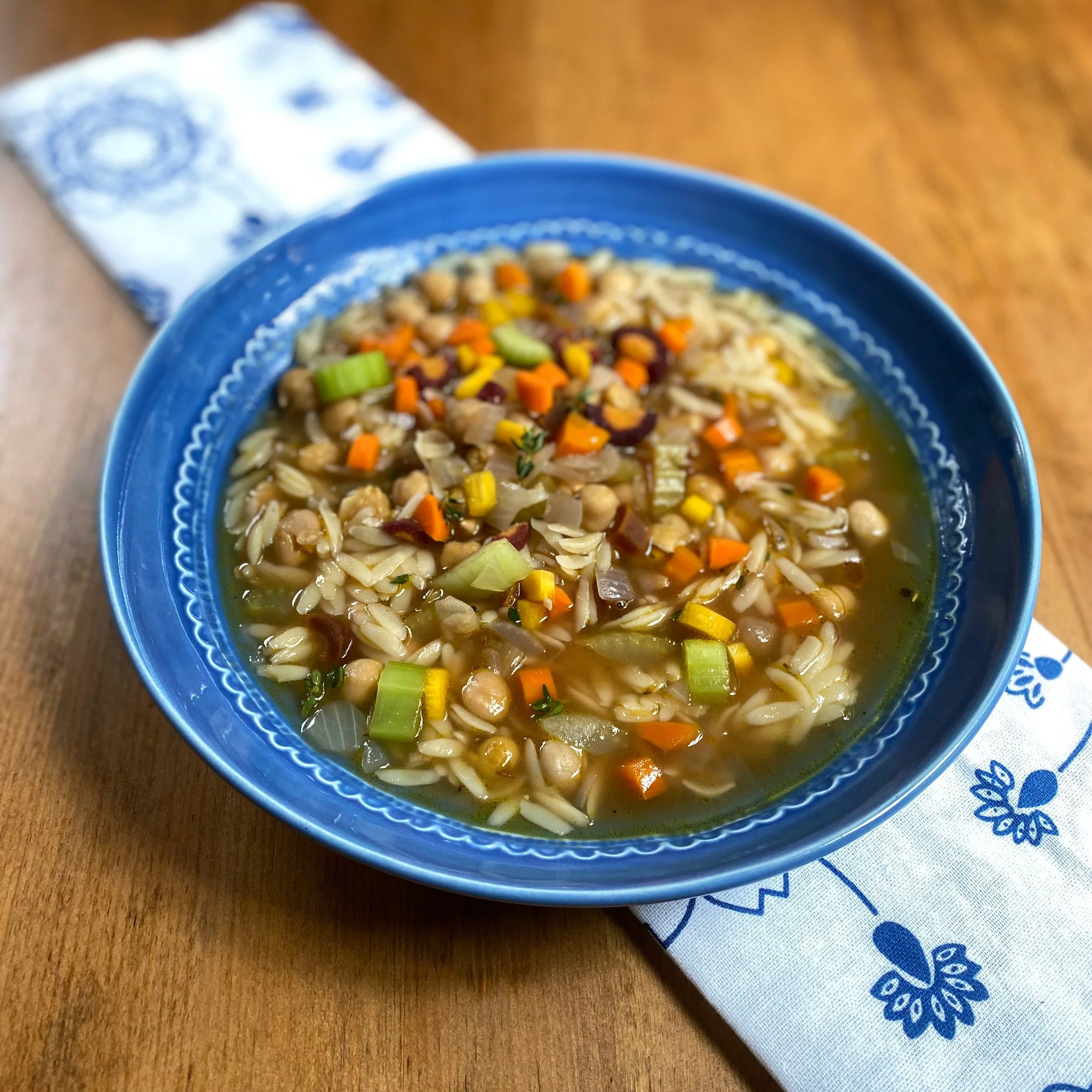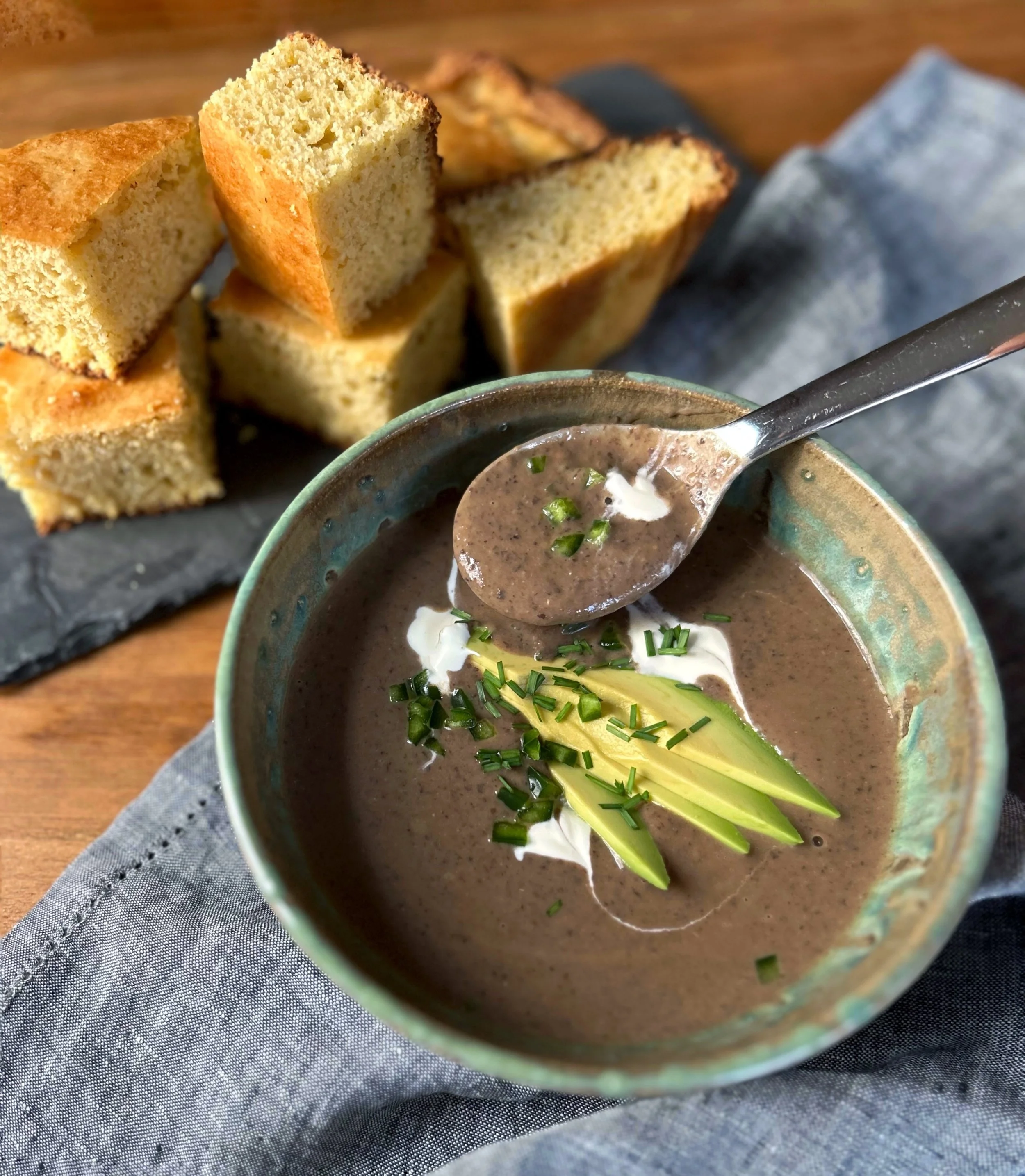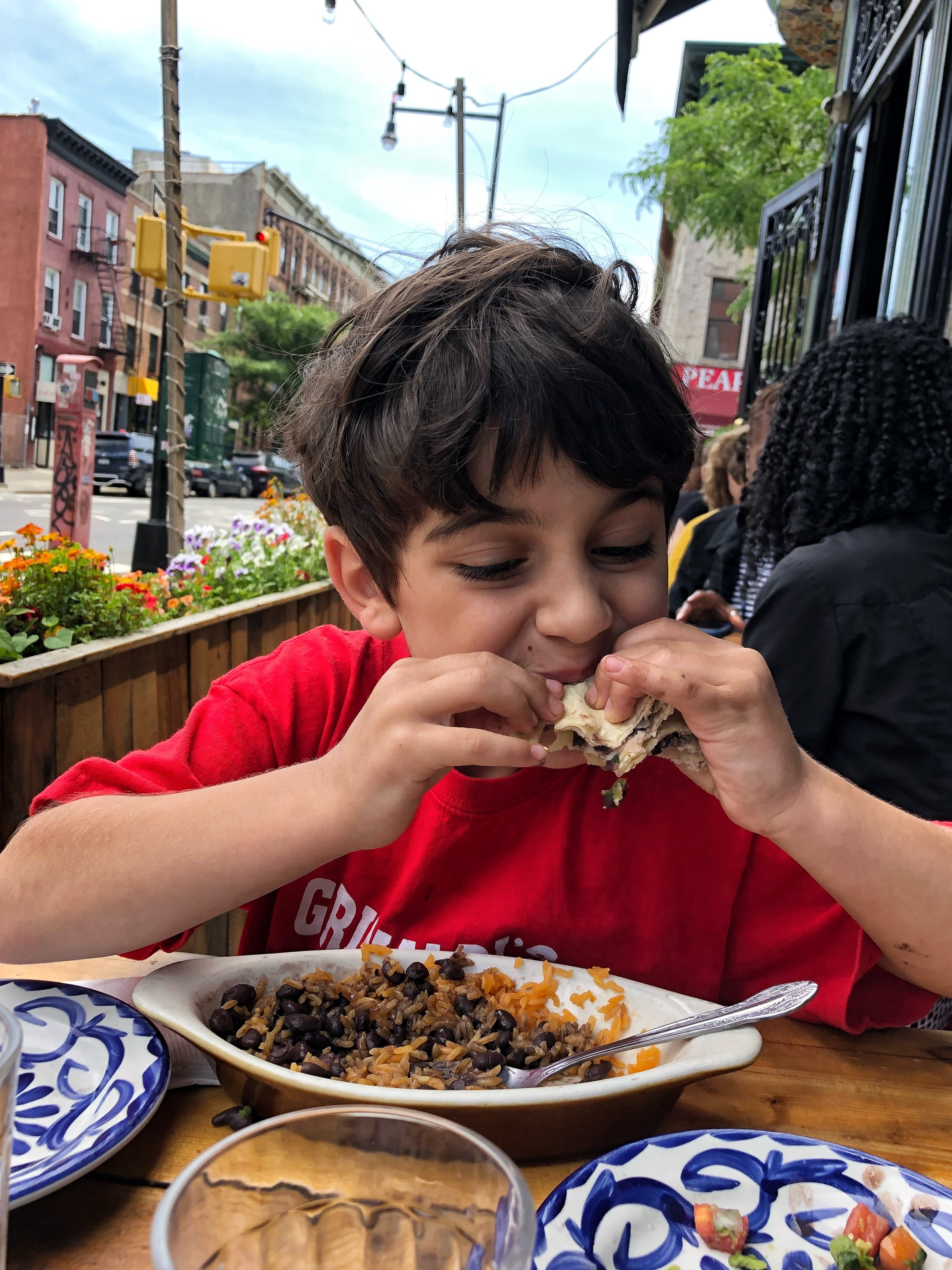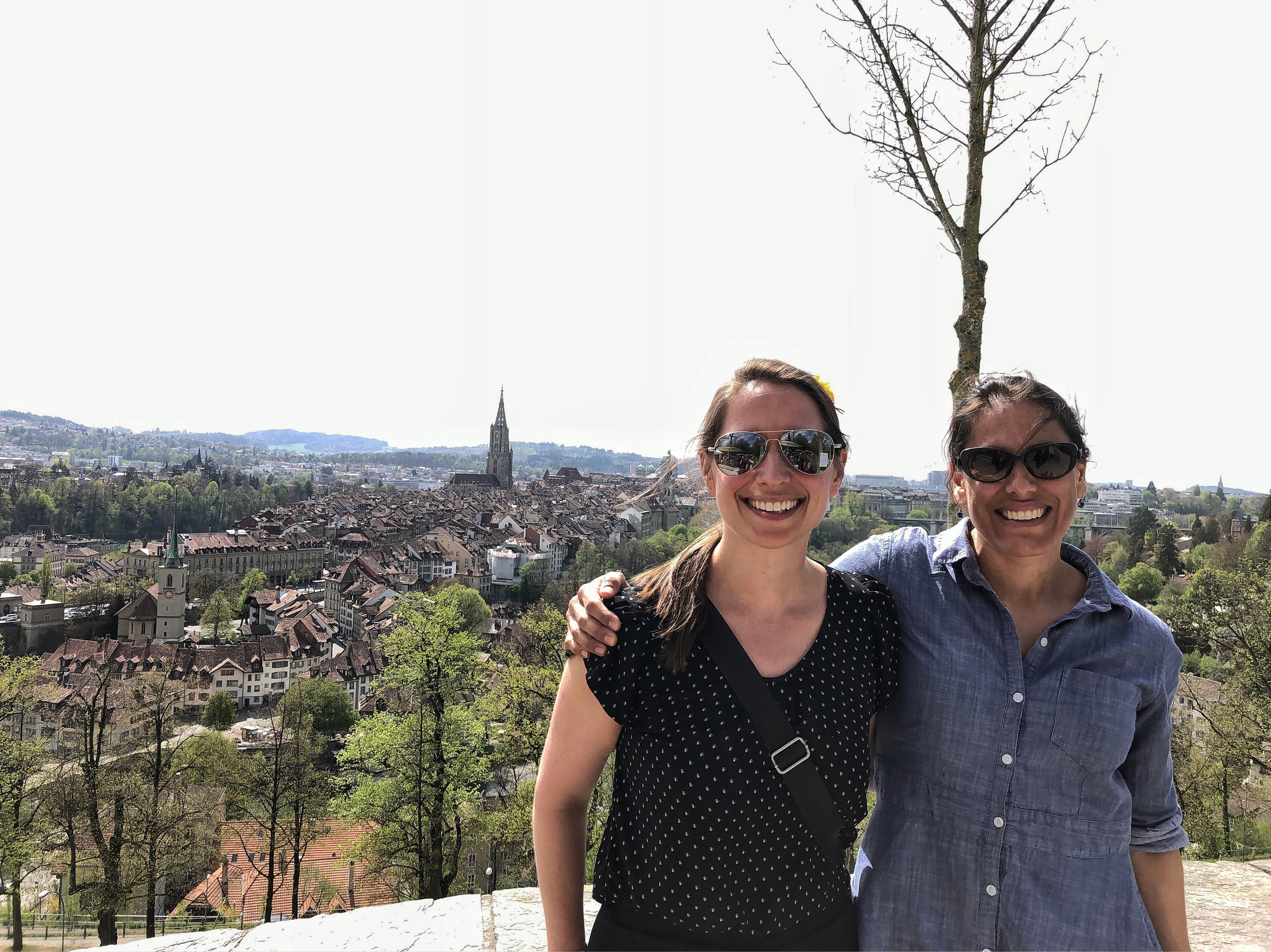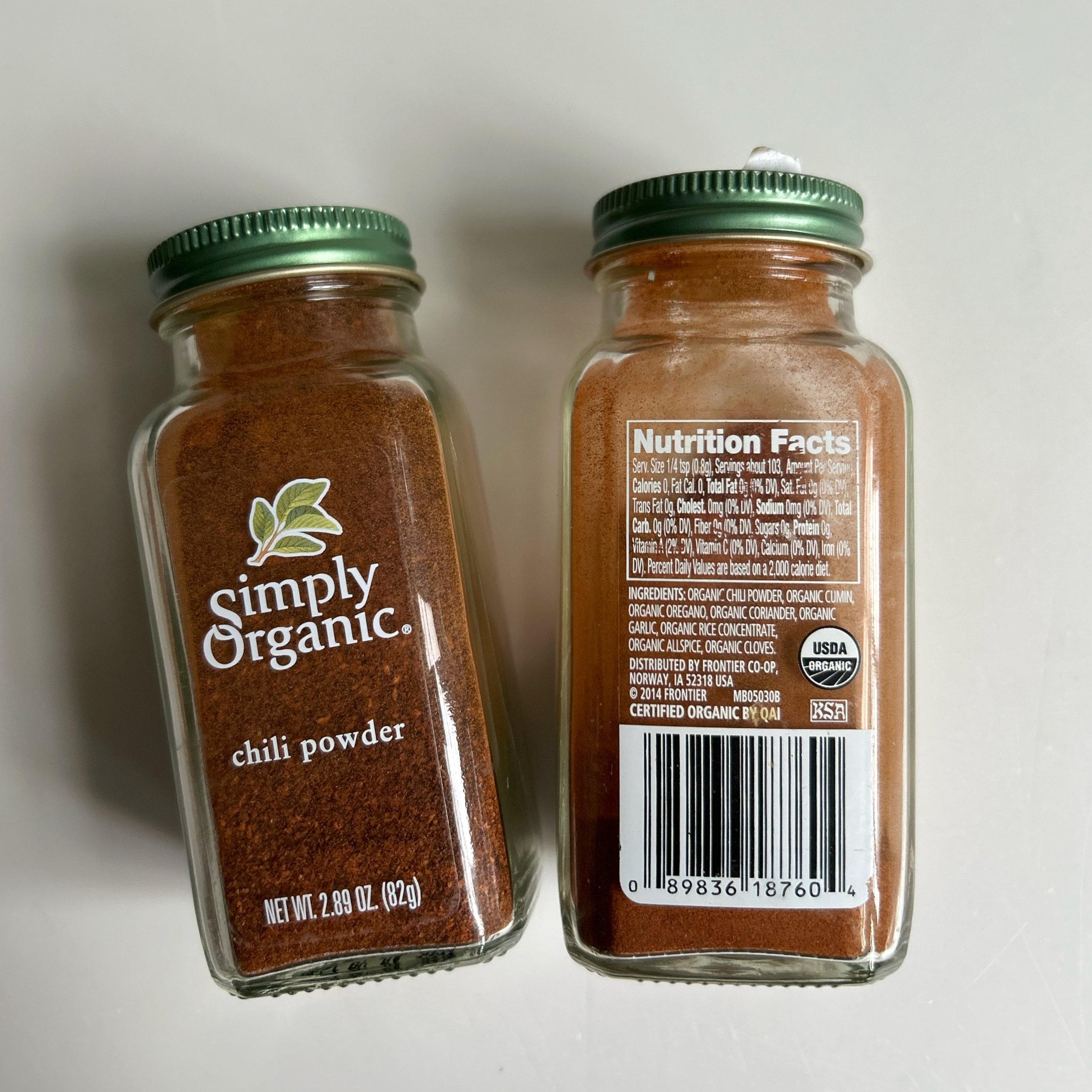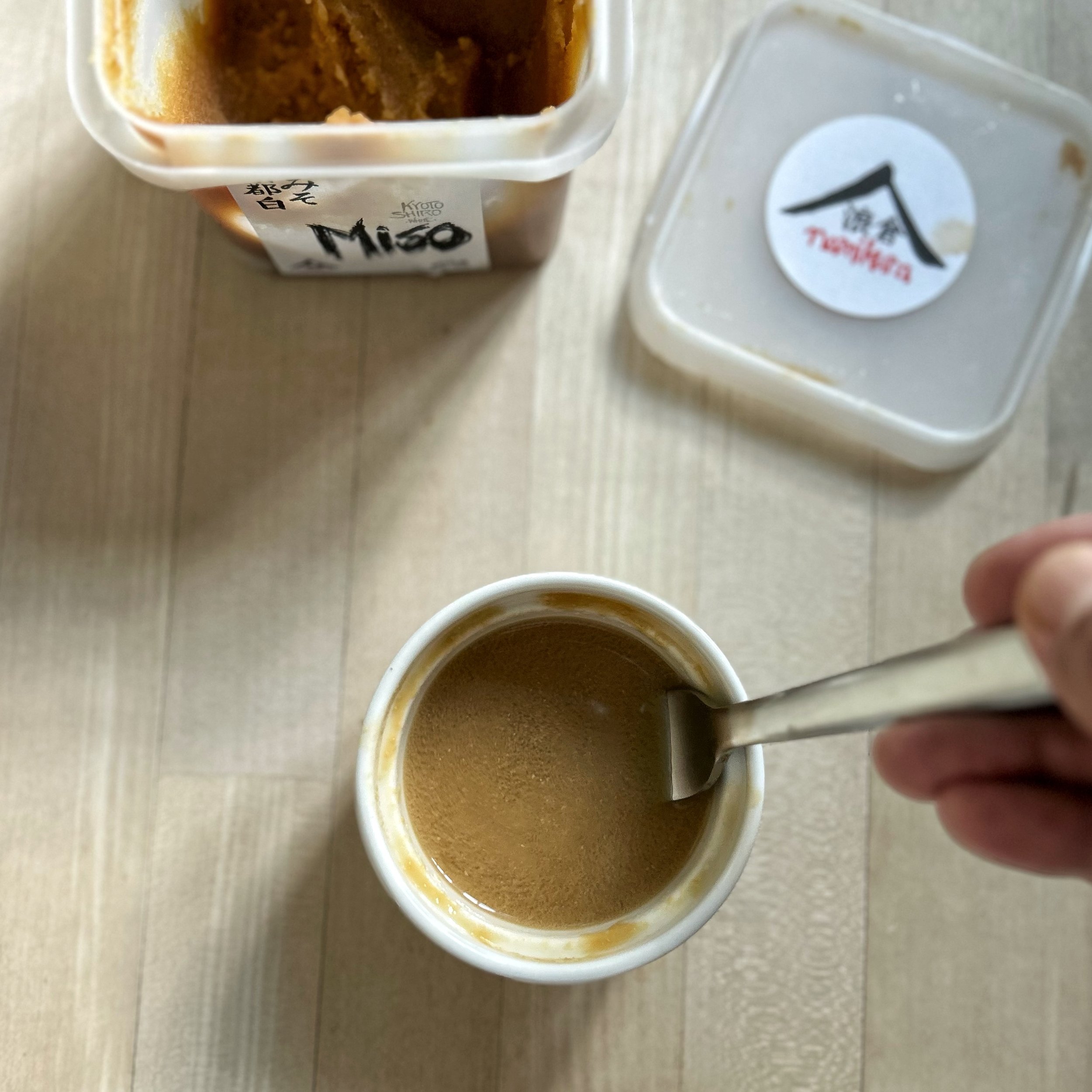My son, Emory, proclaimed at the age of 4, (which incidentally was the year he became a vegetarian), that his 3 favorite foods were rice, beans, and...after a short pause...rice and beans. We chuckled and kept feeding him rice and beans. But I didn’t like the prepackaged mixes, loaded with sodium and dyes, and couldn’t be sure what we were getting from restaurants and take out joints. Not to mention, those versions are so overpriced. So I had to develop a homemade copycat rice and beans that would appeal to my kid! This recipe works!
Naturally, the first thing I taught Emory to cook was One-pot Rice and Beans. He serves it up in a tortilla with avocado and hot sauce.
ONe-Pot yellow rice and beans
Yield: 3 1/2 cups 4-6 servings
What You Need:
1½ cups dry uncooked long-grain white rice, like texmati, jasmati, jasmine or basmati
2 tablespoons olive oil or butter
3 tablespoons tomato paste
½ teaspoon smoked paprika
½ teaspoon garlic powder
½ teaspoon ground cumin
2¾ cups boiling water
1 15-ounce can black beans, drained and rinsed
½ teaspoon salt
What You Do:
Rinse the rice until the water runs clear. Drain well with a fine mesh strainer.
Transfer the rice to a small pot (one that has a tightly fitting lid). Toast the rice over medium-high heat until it is dry.
Add oil and sauté on medium heat for another 1-2 minutes until rice is very lightly browned. Add tomato paste, smoked paprika, and cumin. Sauté for about 30 seconds.
Reduce heat to low. Add the boiling water and salt. Stir once. Add the beans. Cover and steam for 18-20 minutes.
Turn off the heat. Do not open the lid. Move the pot off of the hot burner and allow it to sit covered for 5 minutes. Stir and serve.
Recommended: Cook your own black beans from scratch in a pressure cooker (or Instant Pot). Soak 2 - 2½ cups dried black beans in 10 cups of water, in the fridge for 8 hours or overnight. Drain, rinse and put in a pressure cooker (or Instant pot). Submerge in fresh cool water. Add 2 bay leaves. Seal the pressure cooker and bring to high pressure. Cook on high pressure for 10 minutes. Turn off and allow pressure to release naturally. Drain, discard bay leaves, and use cooked beans in your recipe.
